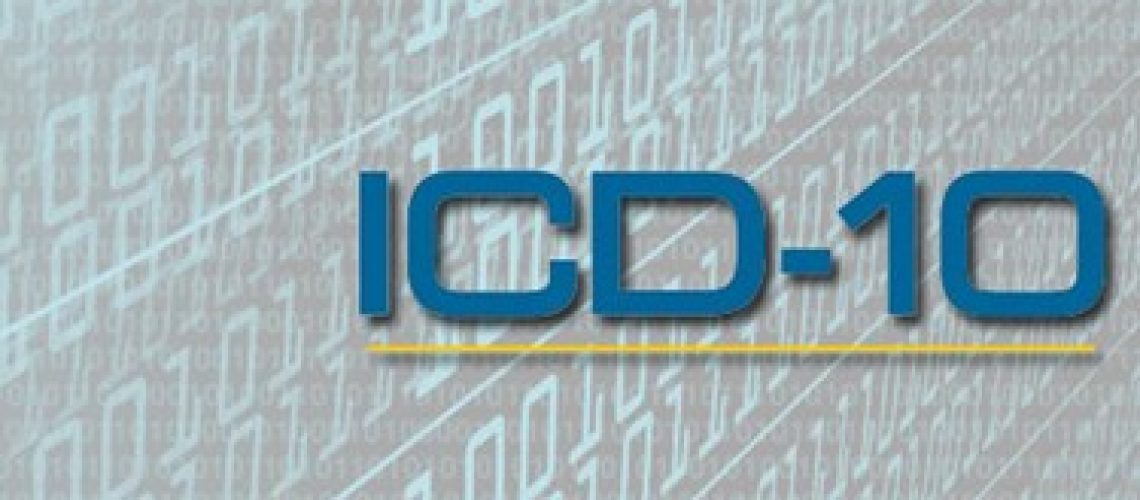Carpal Tunnel Syndrome (CTS) refers to the painful condition caused by pressure on the median nerve in the wrist. The median nerve passes through the carpal tunnel, a narrow passageway in the wrist and goes into the hand. The carpal tunnel protects the median nerve and flexor tendons that bend the fingers and thumb. The median nerve also controls the muscles at the base of the thumb. This abnormal pressure on the nerve can result in pain, numbness, tingling, and weakness in the hand. Usually, this pressure develops when the tissues around the median nerve of the hand swell and press on the nerve. It could also be caused by a buildup of synovial fluid under the lining.
Left untreated, the condition can lead to weakness and lack of coordination in the fingers and thumb. Documenting this condition for reimbursement requires ICD-10 coding accuracy along with proper medical claim submission.
The ICD-10 coding system offers increased accuracy with separate codes for unspecified upper, right, and left limbs, such as:
- G56.0 – Carpal tunnel syndrome
- G56.00 – Carpal tunnel syndrome, unspecified upper limb
- G56.01 – Carpal tunnel syndrome, right upper limb
- G56.02 – Carpal tunnel syndrome, left upper limb
- G56.03 – Carpal tunnel syndrome, bilateral upper limbs
Causes and Symptoms
Key risk factors for CTS include heredity, repetitive hand use, hand and wrist position, pregnancy as well as health conditions such as diabetes, rheumatoid arthritis, and thyroid gland imbalance. Recent research presented at the 2019 Annual Meeting of the American Academy of Orthopedic Surgeons (AAOS) found that approximately 28% of previously asymptomatic women will have gestational carpal tunnel syndrome (GCTS) in their third trimester.
Common symptoms of CTS may include numbness, itching numbness in the palm and the fingers, especially the thumb, index and middle fingers, tingling as well as pain in both hands, mainly after work or at night. Such symptoms can even spread to the arm and shoulder.
To document pain in the forearm using ICD-10 codes, laterality is crucial:
- M79.631, pain in right forearm
- M79.632, pain in left forearm
- M79.639, pain in unspecified forearm
Diagnosis and Treatment
Based on the symptoms and medical history, the doctor may request any of those diagnosis tests including Tinel’s sign, Wrist flexion test (or Phalen test), X-rays, Electromyography (EMG) and nerve conduction studies, Ultrasound or MRI scans.
Treatment for CTS aims to reduce the pressure on the median nerve. Certain non-surgical alternatives would be recommended first, such as physical therapy and stretching exercises to improve blood flow to the hand and arm muscles; wrist splints that can keep the wrist straight and avoid exerting pressure on the compressed nerve; corticosteroids, steroid injections and prescription-only NSAIDs to reduce symptoms. CPT codes are used to document treatment options.
- 20526 – Injection, therapeutic; carpal tunnel
Carpal tunnel release surgery is recommended by orthopedic surgeons only if non-surgical options do not work and if symptoms still exist. The surgery can be endoscopic or open and both the techniques are equally effective. With endoscopic repair, patients can return to work on average eight days earlier than that with open repair approach.
Open approach
- 64721 – Neuroplasty and/or transposition; median nerve at carpal tunnel
For add-on procedures such as internal neurolysis using an operating microscope done during a carpal tunnel release using an open approach, use code
- 64727 Internal neurolysis, requiring use of operating microscope (List separately in addition to for neuroplasty) (Do not report code 69990 in addition to code 64727)
Endoscopic approach
- 29848 – Endoscopic carpal tunnel release
Pain and swelling could occur after the procedure. Splints may be recommended after surgery to improve the outcome. Documenting Carpal Tunnel Syndrome for medical claims requires excellent knowledge of the updates in medical coding and insurance policies. Orthopedic medical billing services provided by an experienced medical billing and coding company can help physicians with timely claims processing and collections that are important for proper revenue management.
——————————————————
Photo courtesy of: Medical Coding News
Originally Published On: Outsource Strategies
Follow Medical Coding Pro on Twitter: www.Twitter.com/CodingPro1
Like Us On Facebook: www.Facebook.com/MedicalCodingPro







